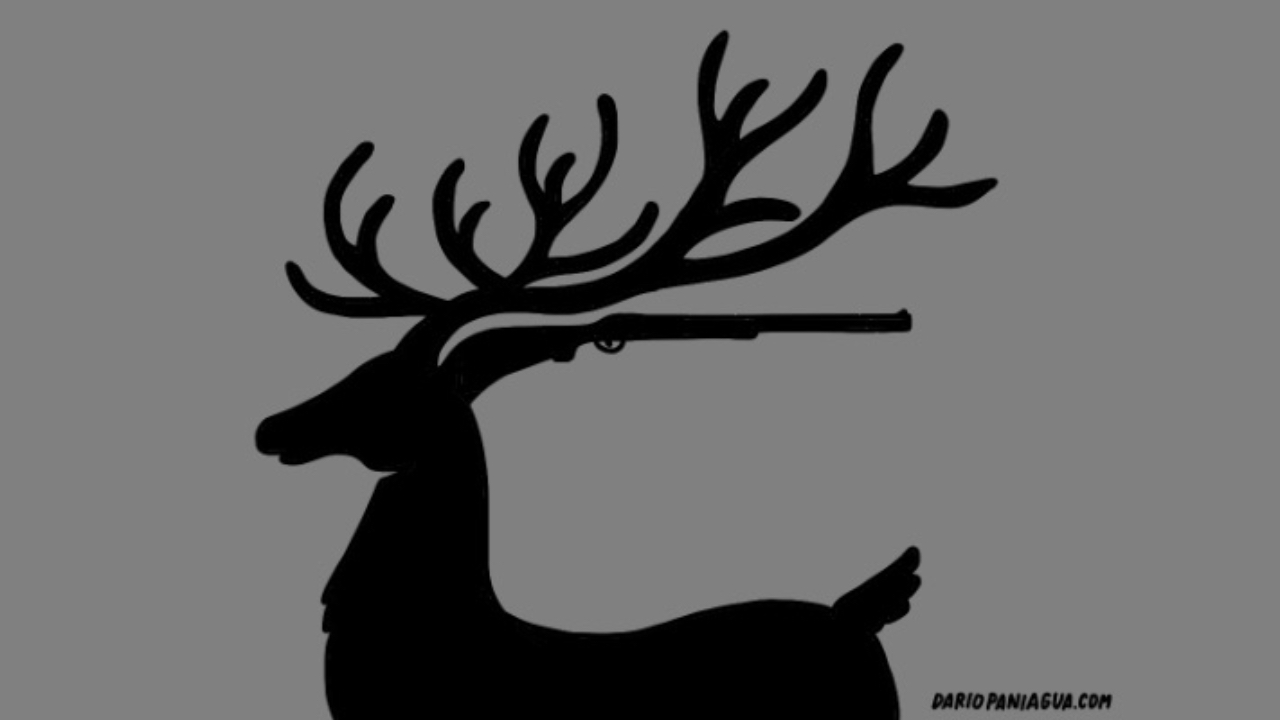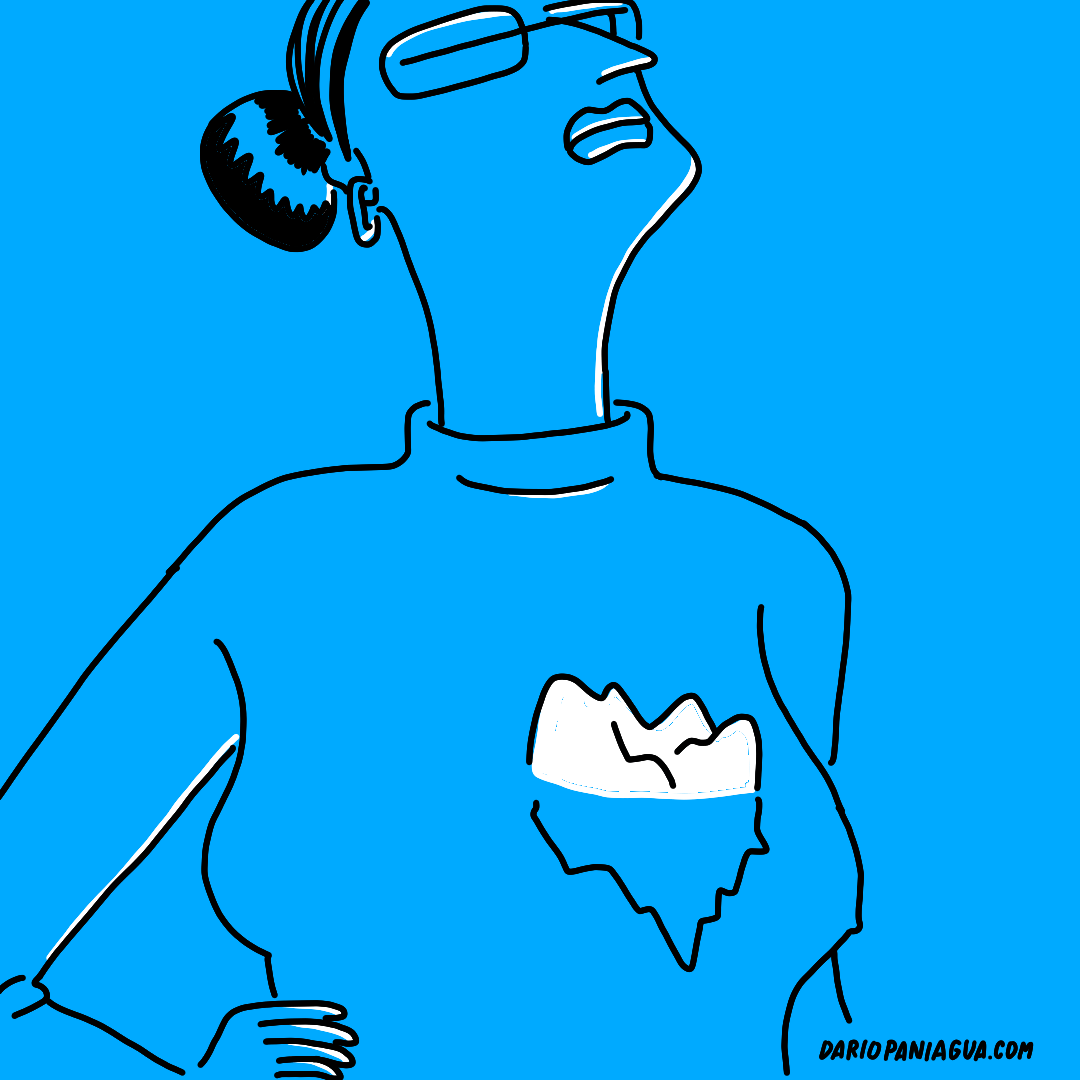What Is a Visual Metaphor (and How to Create One That Really Works)

In visual thinking, a metaphor is more than decoration. It’s a bridge between abstract ideas and concrete images, a way to help people see meaning instead of just reading or hearing it. When done well, a visual metaphor transforms a complex concept into an image that feels both intuitive and surprising.
But what exactly makes a metaphor visual, and how can you create one that actually works?
Icon vs. Metaphor: What’s the Real Difference?
An icon shows what something is. A metaphor shows what something means.
If you draw a light bulb to represent an idea, that’s an icon. It refers directly to a known symbol. But if you draw an elephant whose trunk forms the shape of a lightbulb, you're not just talking about "ideas" anymore. You are adding layers of meaning and weaving a story around it.
This doesn’t mean icons don’t work. It’s just better to use icons for explanations and metaphors for stories.
And remember: it’s better to have a story to look through life than an explanatio...
Out-of-Context Technique: Iceberg and Heart Substitution in Visual Metaphors

Remember, a quick way to apply the out-of-context technique is through substitution.
You remove one element and replace it with another that seems unrelated, but a connection is established.
In this case, the iceberg resembles the shape of a heart.When you place things out of context through substitution, the replaced element gains new meaning.
Here, the heart is no longer just an organ, it becomes a trait of the person’s personality.
Exploring Visual Metaphors: Placing Objects on People's Heads

Using the ‘out of context’ technique by placing objects on people’s heads is one of the richest ways to explore metaphors.
Anything we draw in this area of the body opens up endless possibilities for visualizing the human mind, thoughts, emotions, inner conflicts, or personality traits.
What goes through a person’s head? What do they think about, imagine, or visualize?
Whatever the answer, the key is to turn the abstract into something tangible that tells a small story.
Remember, the top of the head, or even the inside is a powerful space to place unexpected elements and grab attention.
What keyword or phrase would you associate with this image?
Thanks,
Dario Paniagua
Visual Thinkers Coach
Enhancing Visual Metaphors: Combining 'Out of Context' with Blending Techniques
Another way to make it easier to create metaphors using the out of context technique is by combining it with another approach: blending.
Imagine placing a roller coaster in an unexpected setting, on someone’s head.
Instead of simply placing it on top, we blend it into the head so that the integration feels more seamless and natural.
Now, let’s take a moment to appreciate how powerful the out of context technique really is. In this case, it helps us visually express a person’s thoughts or emotional state.
We are transferring the qualities of the out-of-context element to the object or person it’s applied to.
Speaking of which…
What keyword or short phrase would you associate with this image?
Thank you,
Dario Paniagua
Visual Thinkers Coach
Enlarging Elements: Enhancing Visual Metaphors with the 'Out of Context' Technique

Enlarging elements allows us to do two things:
1) Explore details more deeply.
2) Discover new shapes that can be transformed into unexpected settings.
Every time you enlarge something, you create new spaces, new opportunities to place elements inside.
And what better way to apply the 'out of context' technique? As we’ve discussed before, this technique is all about changing the predictable setting in which we usually see certain things.
Now, think about this image:
- Why is a car looping in and out of a nose?
- Where is it going?
- What’s the connection between the car and the person?
When people ask these kinds of questions, three things happen:
1) They create their own mental storytelling to make sense of the image.
2) They spend more time looking at it.
3) They read your message.
What keyword or short phrase would you associate with this metaphor?
Thank you,
Dario Paniagua
Visual Thinkers Coach
The 'Out of Context' Technique: Crafting Surreal Visual Metaphors

Another way to create metaphors using the out of context technique is by dressing the subject of an image in a completely absurd way for the situation they’re in.
This immediately grabs the viewer’s attention.
Remember, we can never predict what meaning our audience will assign to an image, but we can anticipate what questions they will ask. In this case, they’ll likely wonder: Why is a medieval knight surfing a wave?
We don’t know what meaning they’ll give it, but one thing is certain, they’ll create a mini story in their minds to make sense of the absurdity.
Thank you,
Dario Paniagua
Visual Thinkers Coach
The 'Out of Context' Technique: Crafting Surreal Visual Metaphors

Another way to create metaphors using the out of context technique is through substitution.
Instead of changing the setting where we typically see an object, we replace one element with another.
For the substitution to work, there needs to be a connection between both elements.
In this case, the snake takes the place of an ear, but also adopts its shape.
In fact, the form and position of the object we use as a substitute play a crucial role. We see a snake, but we also see an ear, even though the ear isn’t actually there.
When you use substitution, you're taking things out of context while adding a new layer of meaning.
What keyword or short phrase would you associate with this metaphor?
Thank you!
,
Dario Paniagua
Visual Thinkers Coach
The Power of 'Out of Context' in Visual Storytelling

The 'out of context' technique allows us to create surreal situations.
Sometimes, to place an element out of context, we can play with exaggerating its size, making something absurdly large or unusually small and then placing it in an improbable setting.
In this case, the bird on the power lines is disproportionately tiny compared to the woman using her dental floss.
Another detail to notice: here, the 'out of context' is also based on the 'blending or joining' technique. The wire where the bird is sitting is also the floss the woman is using. A single element becomes two things at once.
Now, what does this absurd scene mean? Whatever you want it to mean.
When we don’t assign captions to our images, we leave space for the audience to create their own interpretations.
What does this metaphor mean to you? Can you describe it in a single word or a short phrase?
Thank you,
Dario Paniagua
Visual Thinkers Coach
Remove the Key Element: Discovering Depth in Visual Metaphors

Remove the Key Element!
Many objects have a defining feature that makes them instantly recognizable.
For a door, it might be the handle.
For a plane, its wings.
For a chair, its legs.
We could go on listing examples for nearly every object we know.
Obviously, for a cage, it’s the bars.
But what happens when you take them away? In this case, two things happen:
1) We still recognize it as a cage. Even without seeing the bars, our brain fills in the missing shapes, and other elements help us understand what it is.
2) We give it a new meaning. Removing something doesn’t necessarily mean subtracting. It can mean adding, enriching.
A cage without bars conveys a much deeper meaning than just a simple cage.
Thank you,
Dario Paniagua
Visual Thinkers Coach
Capturing Attention Through Layers of Meaning

Have you noticed the musical note inside the hole of the guitar?
Most people miss it. Why? Because no one spends too much time examining our images.
Attention spans are shorter than ever, and what isn’t noticed in the first few seconds often gets overlooked entirely.
But that’s okay.
What matters first is having a strong concept that’s immediately understood.
Once that’s in place, you can add additional details, knowing they’re not crucial for the initial impact.
Now, let’s return to the main image. As you can see, I’m continuing to explore the theme of cages. Here, without altering the object itself, we’ve transformed it into something entirely new.
Who is the person inside the guitar?
Why is the musical note part of their face?
What does it mean for someone to be trapped inside a musical instrument?
If your audience asks even one question while engaging with your image, their attention span increases, and your creation won’t go unnoticed.
This is just one of the many techniques I teach in m...

